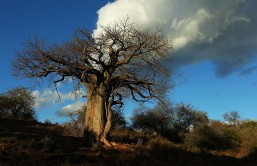A new research discovered that the ancestors of Native Americans and Russians spoke the same language some 13,000 years ago. This provides new insight on language evolution across the land bridge.
Gary Holton and Mark Sicoli from the University of Fairbanks in Alaska and Georgetown University in Washington, D.C., respectively, concluded that the first Americans may have stayed for 10,000 years in Beringia, a land bridge connecting Alaska and Asia. These settlers originally came from Asia, and while some of them went back, the others headed for Alaska, bringing their language with them.
To look for similarities in language, the researchers analyzed the modern languages spoken in Siberia and by Native Americans. They gathered the word structure, sound system, and grammars of Na-Dene, the language of Native Americans, and Yeniseian, a language spoken in Central Siberia. Using a technique called language phylogenetics, they developed a tree model representing the various ways by which the language, made up by Na-Dene and Yeniseian words, have spread and evolved across Asia and North America.
The model that has the highest score in a statistical test showed the dispersal of Na-Dene along the coast of North American territories and the migration of the Yeniseian back to Siberia. It also reflected that both languages share the same ancestral language, called the Dene-Yeniseian that could have originated while the group is still living at Beringia.
The findings of the study were supported by other researchers including a genetic map showing the distinction of the Native American DNA for the DNA of their Asian ancestors, indicating that North American settlers may have stayed somewhere for 10,000 years. This isolation period is because the DNA differences. On the other hand, paleoecologists have also unearthed fossils of plants and insect, which may be a source of food, fuel, and raw material for shelter and clothing for the North American settlers.
This study was published in the March 12 issue of PLOS One.








